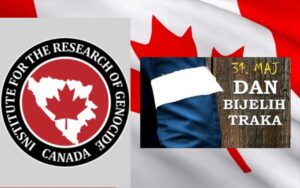Status Quo in Bosnia and Herzegovina after the War
Vahid Suljic
Abstract
The Dayton Peace Agreement ended the war in Bosnia, but did not end political and ethnic tensions. Despite various attempts by the international mediators, and experts involved in the settlement process, and millions of dollars spent on peace initiatives and programs, Bosnia is still in a state of uncertainty and frozen war. The Dayton Agreement essentially became an infamous trademark of failed international involvement in state reconstruction and peacebuilding practices. During the war in Bosnia, over one million people had been displaced and around 100 000 people were killed. More than 3,000 religious buildings were destroyed or damaged, and between 50 and 60 percent of the pre-war industrial capacity was destroyed. Still, justice has not been served. The truth has three faces because each community has its own version of the truth or how they recall the narrative of the conflict. The state institutions are not functioning effectively, the economy suffers and social discontent rises.
The aforementioned concern serves as a prime motivation for this study. Therefore, this research seeks to achieve a deep understanding of the existing problem and to identify the factors that influence the stagnation of post-conflict social and economic development of Bosnia and Herzegovina. Lastly, the study will help future intermediaries, governments, NGOs, CSOs and policy makers to effectively address the problem.
More: Status Quo in Bosnia and Herzegovina after the War_Vahid Suljic _2018_original



